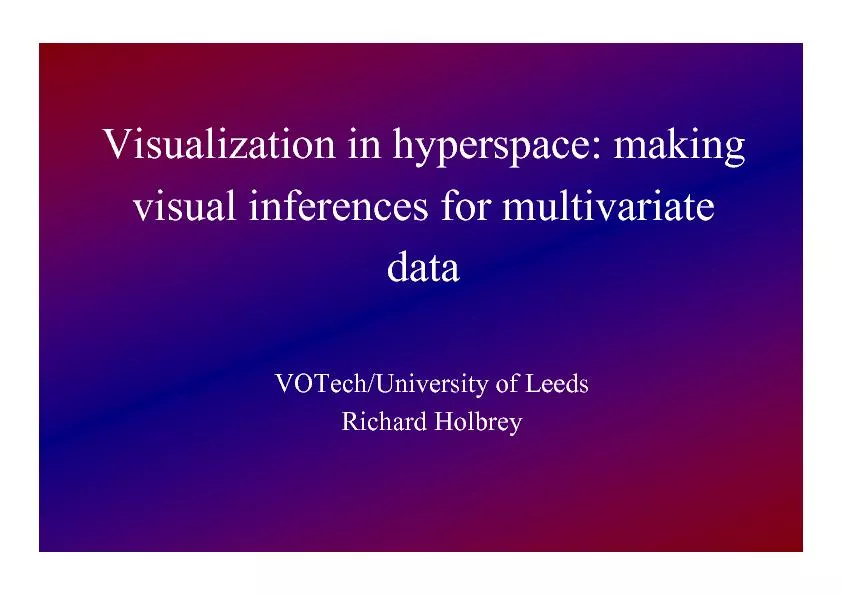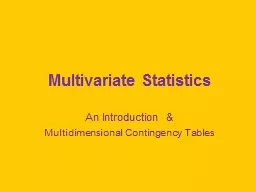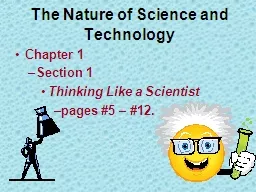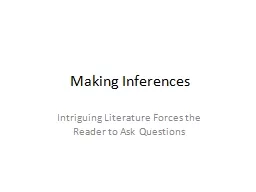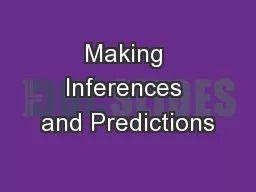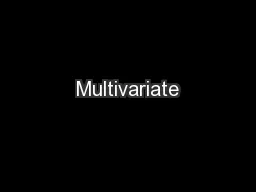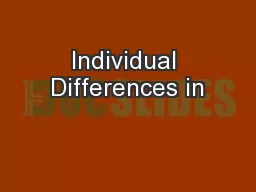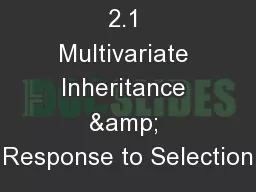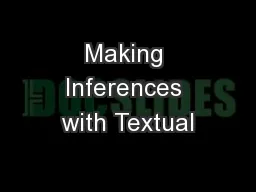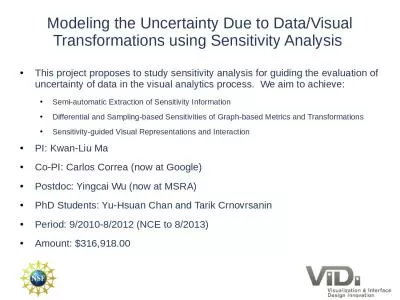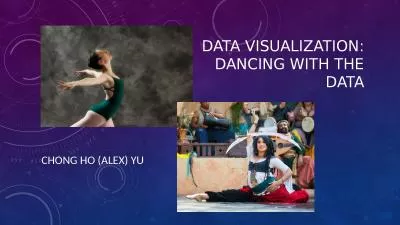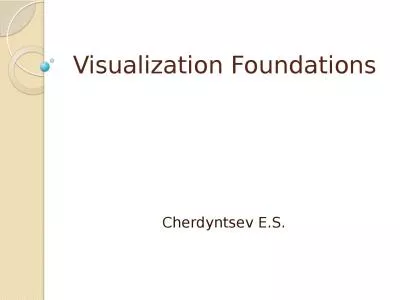PDF-Visualization in hyperspace: making visual inferences for multivariate
Author : lindy-dunigan | Published Date : 2016-04-25
VOTechUniversity of Leeds Richard Holbrey Data mining Opportunity to develop large RDBs in 90s Commercial push to gather customer data 150Huge 2D tables Tesco146shad
Presentation Embed Code
Download Presentation
Download Presentation The PPT/PDF document "Visualization in hyperspace: making visu..." is the property of its rightful owner. Permission is granted to download and print the materials on this website for personal, non-commercial use only, and to display it on your personal computer provided you do not modify the materials and that you retain all copyright notices contained in the materials. By downloading content from our website, you accept the terms of this agreement.
Visualization in hyperspace: making visual inferences for multivariate: Transcript
Download Rules Of Document
"Visualization in hyperspace: making visual inferences for multivariate"The content belongs to its owner. You may download and print it for personal use, without modification, and keep all copyright notices. By downloading, you agree to these terms.
Related Documents

